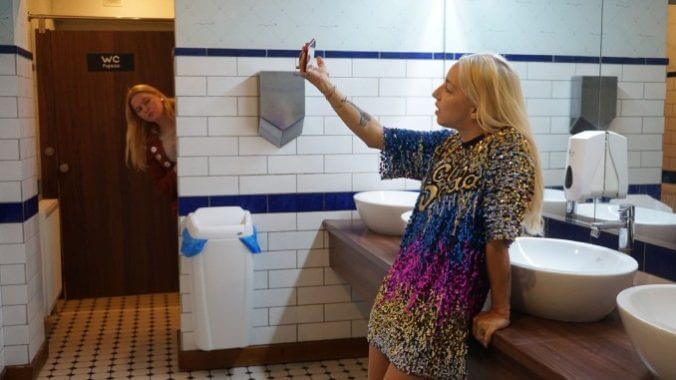Do Not Expect Too Much from the End of the World: The Rhythmic Monotony of the Apocalypse

I’m a former doomer turned fickle optimist when it comes to discussions about the so-called end times. I’ve sent myself into enough exasperating panics over climate change—and, at this point, done enough of my own research—to understand that it is not only unproductive to indulge in “climate anxiety,” it is also a sign of privilege. How comfortable of a life must I lead where I can sit otherwise unperturbed in my Brooklyn apartment and panic over future conditions which have not yet come to pass, when said conditions are already in the process of ravaging the planet elsewhere (places where solutions are being innovated to mitigate such effects)? Still, in cities like Bucharest, Romania (much poorer than New York City), life goes on as tediously as the average New Yorker’s amidst crumbling infrastructure, societal decay and creeping corporate influence threatening to uproot all that still connects us to the earth that we came from, and will one day return to.
Thus, Radu Jude’s literalized mouthful Do Not Expect Too Much from the End of the World depicts, perhaps, the most accurate representation of the dystopia we live in, and the supposed impending dystopia that we’re in the process of arriving at. Whether or not I actually believe we’re going to live in an environmentally ravaged wasteland in 50 years (not much I can do about that, is there?), Jude’s film is the most clear-eyed take on the decline of civilization as it currently stands (if that’s even a thing that’s happening, of course).
Do Not Expect Too Much from the End of the World largely centers on a day in the life of young Romanian woman Angela (Ilinca Manolache), an overworked, underpaid film production assistant, driving around Bucharest to cast for a work accident film. The film has been commissioned by a major company obviously attempting to cover the tracks left by lax safety precautions for their workers, fronted by a suit named Doris Goethe (Nina Hoss)—funnily, a direct relation to the influential German writer.
Angela drives through Bucharest in her stick-shift van, meeting with people who have been debilitatingly disabled and filming brief interviews to send to the “Austrians” in charge of the film, in order to weed out which candidates will make the company look the best. Between meetings, Angela films intentionally provocative and popular TikToks playing the character of an Andrew Tate wannabe named Bóbita. As Bóbita, Angela hurls misogynistic threats and praise for Vladmir Putin under a camera filter which perfectly smooths all her flaws, while otherwise giving her a bald head and unibrow.
Throughout the black-and-white cinematography of the present day, where we follow Angela around and find ourselves lulled to sleep by the rhythmic movements of her hands on the steering wheel and the changing gears, Do Not Expect Too Much from the End of the World slips in and out of the story of another Angela: The 1981 Romanian film Angela Goes On. Directed by Lucian Bratu, the older film chronicles the seemingly humdrum routine of the eponymous woman (played by Dorina Lazar) working as a taxi driver. But it was, at the time, a quietly subversive work depicting the reality of life under poverty, having been made during the oppressive and censoring regime of Communist leader Nicolae Ceaușescu.
-

-

-

-

-

-

-

-

-

-

-

-

-

-

-

-

-

-

-

-

-

-

-

-

-

-

-

-

-

-

-

-

-

-

-

-

-

-

-

-








































